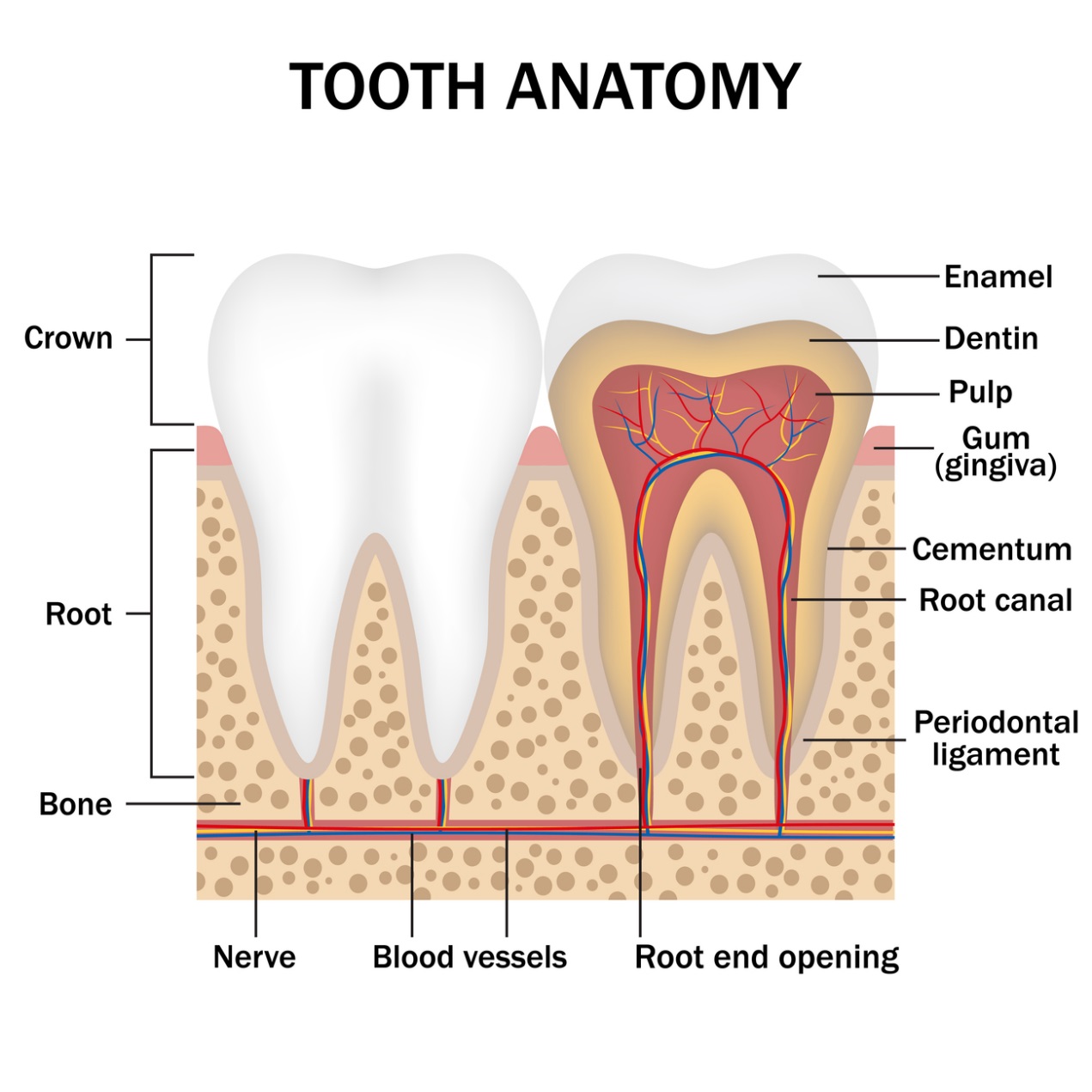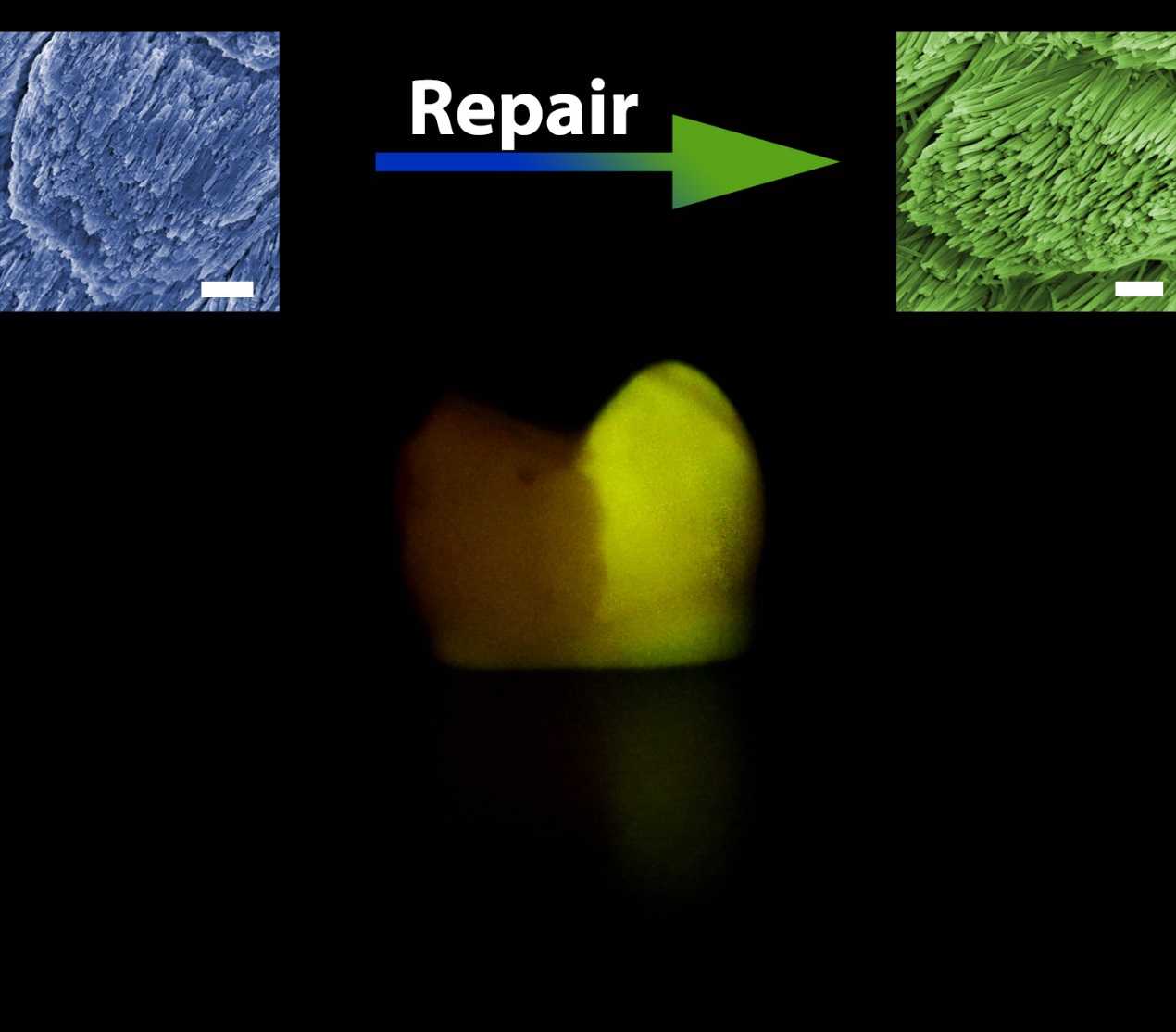A novel way to repair tooth enamel
Prof. TANG Ruikang at the Department of Chemistry of Zhejiang University will soon experience “tooth growth”. The research team led by him developed a biomimetic regenerative solution which could be applied to the tooth cavity and establish a biomimetic crystalline-amorphous mineralization frontier to induce the growth of enamel with a precise maintenance of the original structural complexity within 48 hours.
This study is published online in an article entitled “Repair of tooth enamel by a biomimetic mineralization frontier ensuring epitaxial growth” in the journal of Science Advances. To the best of my knowledge, this has been the best tooth enamel regenerative substance so far and it has the potential to repair tooth enamel clinically in a real sense, observed Helmut Cölfen, a German professor of physical chemistry with the University of Konstanz.

Enamel is the hardest tissue in the human body and contains the highest percentage of minerals (at 96%). This translucent substance is approximately 2 millimeters thick. “Enamel resembles a layer of natural inorganic crystalline mineral and is primarily composed of nonstoichiometric fluoridated carbonate apatite crystals that are tightly packed with well-defined orientations to ensure striking hardness,” said Dr. SHAO Changyu, the lead author of the study.
As a highly mineralized biological tissue, enamel is perceived as a purely inorganic substance and cannot self-repair for lack of a bioorganic matrix including cells. Despite being the hardest tissue in the body, enamel becomes susceptible to degradation, especially by acids from food and drink. Once enamel is damaged, people will have cavities in teeth, which will lead to nightmarish pain.
Enamel remineralization is currently deemed as the most formidable challenge in the field of bionics. Previous endeavors to regrow enamel by using a range of materials such as composite resins, ceramics and amalgam failed to achieve permanent repair because of the imperfect compatibility between these foreign materials and the native enamel.
“Optimally, scientists should achieve the unity of material, structure and mechanics and repair enamel in situ,” said Dr. LIU Zhaoming, a co-author of the study.
TANG et al. proposed a novel approach to tooth enamel regrowth. They found that mixing calcium and phosphate ions—two minerals which are found in enamel—with the chemical trimethylamine in an alcohol solution causes enamel to grow with the same structure as teeth.

When the mixture was applied to human teeth, it repaired the enamel layer to around 2.5 micrometres of thickness. It also achieved the same structure of natural enamel within 48 hours.
“The materials we used in experiments were identical to the human tissue, thereby achieving complete structural regrowth,” LIU said in an assertive way.
The discovery has not yet been proven to work in the “hostile environment” of the mouth, but experts say regrown tooth enamel may be tested in people in the near future. Coincidentally, there is a hidden crack on one of TANG’s teeth. His dentist told him that nothing could be done to repair the tooth because of a too-thin crevice. “After this scientific breakthrough, I am bold enough to be a “guinea pig” for a trial,” said TANG.
“Although we have achieved a precise duplication of the hierarchical and complicated structure in natural enamel, there are a wide spectrum of dental cavities. We need to develop our regenerative model for different circumstances so as to ensure controllability and effectiveness,” said SHAO.
This biomimetic tactic for enamel regeneration can be extended as a general strategy for the construction of structurally complex materials by establishing a biomimetic mineralization frontier for continuous and epitaxial construction, in which the ion clusters act as basic building blocks. This achievement will not only deepen the understanding of biomineralization but also provide a new pathway for bioinspired design and production.